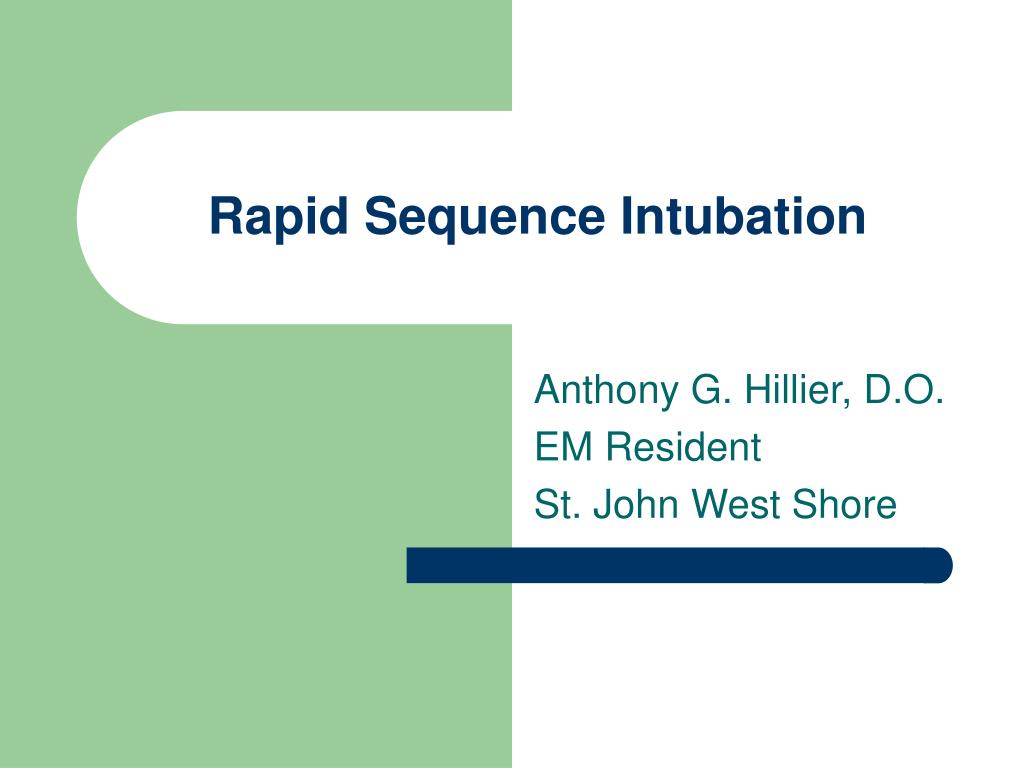

Deep tendon reflexes are normal (until severe weakness occurs).Normal sensation and normal pupillary reflexes.Asymmetric and fluctuating in severity over time.As such, symptoms tend to be worse at the end of the day and best right after waking up.Fatigability: ongoing effort rapidly provokes worsening weakness.Limb weakness is usually proximal > distal.Generalized weakness can also occur (e.g.Isolated weakness in certain ocular muscles can occur, mimicking internuclear ophthalmoplegia or various cranial nerve palsies.Only skeletal muscles are involved ( not the pupils).Eyes and bulbar muscles tend to be involved early (ptosis and diplopia are common).Plasmapheresis may directly remove auto-antibodies.Immunosuppressive therapies are aimed at reduction in the synthesis of auto-antibodies.This may boost signaling of the muscle cell. physostigmine) – these decrease the breakdown of acetylcholine within the neuromuscular junction. Clinically this is what causes fatigable skeletal muscle weakness.When acetylcholine receptors are diminished in number, the lower amount of acetylcholine released into the NMJ during repeated contractures will eventually lead to transmission failure.Antibodies lead to internalization of the receptor into the muscle cell.Antibodies can lead to destruction of acetylcholine receptors via complement fixation, decreasing the number of receptors.Direct reversible inhibition of acetylcholine binding to its receptor.Anti-acetylcholine receptor antibodies impair transmission at the neuromuscular junction in a few ways:.Myasthenia gravis results from the formation of autoantibodies that bind to acetylcholine receptors on skeletal muscle.However, because of the evolutionary importance of the task (think being chased by a sabre-tooth tiger), the quantity of acetylcholine released is more than is necessary to trigger this response, even with repeated muscle contractions. With repeated contractions, the amount of acetylcholine released diminishes. Acetylcholine is released in discrete quantities into our neuromuscular junctions in order to elicit muscle contraction.Contrast dye (although modern contrast dyes are probably fine).Class-Ia antiarrhythmics (especially procainamide).Antibiotics: Aminoglycosides, Fluoroquinolones, Macrolides (e.g., azithromycin), Telithromycin.(Do not measure negative inspiratory force).Forced vital capacity 2-3 times daily (DO NOT wake up patient for this).Most useful: Usual monitoring (vital signs, clinical appearance, subjective dyspnea, etc.).If plasma exchange is contraindicated/unavailable, may use IVIG.Plasma exchange is preferred (it is the fastest approach to stabilize disease).May add glycopyrrolate to reduce oral secretions (e.g., 1 mg with each dose).Chronic MG and not intubated: Continue prior dose, unless it's extremely high.New diagnosis of MG: May initiate at 60 mg PO q6hr.Intubation only if clinically indicated.


Consider early HFNC or BiPAP if mild-moderate respiratory distress or tachypnea.Infectious workup or TSH level (if symptoms of infection or thyroid disease).Electrolytes (including Ca/Mg/Phos), CBC with differential.Chest X-ray and lung ultrasound (exclude other lung disease).


 0 kommentar(er)
0 kommentar(er)
